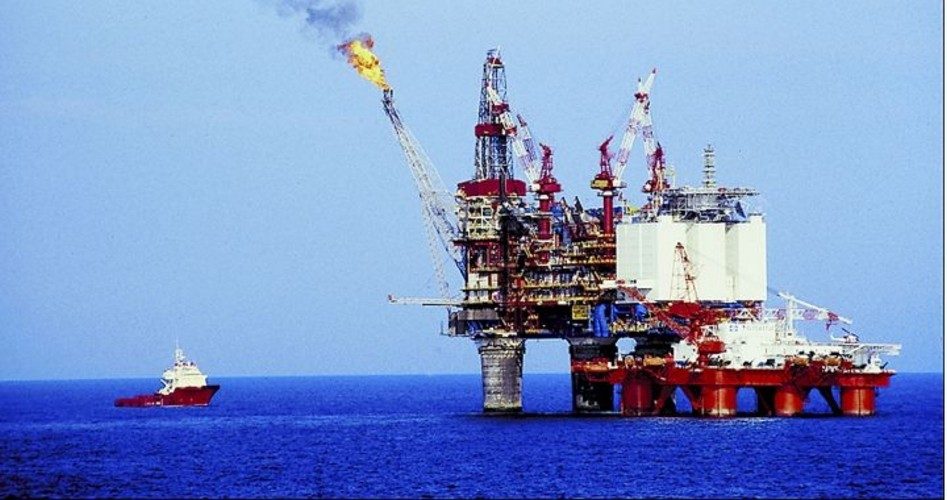
Worldwide demand for crude oil will exceed 100 million barrels per day (mbd) in two years, and exceed global supplies in three, according to the Paris-based intergovernmental group International Energy Agency (IEA). In its latest five-year forecast, Oil 2017, the agency says that demand growth will come primarily from developing countries such as India, while demand growth elsewhere, such as the United States, will be tepid at best. The only way the coming shortage can be overcome, said Dr. Fatih Birol, IEA’s executive director, is for massive new investments in exploration, discovery, and production to be made immediately:
[At the moment] we are witnessing the start of a second wave of US supply growth … but this is no time for complacency. We don’t see a peak in oil demand [globally] any time soon. And unless investments globally rebound sharply, a new period of price volatility looms on the horizon.
Unpacking this means that there’s a three-year bubble in the pipeline caused by massive retrenching by major oil producers in 2015 and 2016 that will limit new production just as demand increases around the year 2020. Globally, energy industry capital expenditures dropped by 25 percent in 2015 and another 26 percent in 2016. Even with expanded investments projected for 2017, it takes typically three years to move from commitment to discovery to production. Said the report: “If the record two-year investment slump of 2015 and 2016 is not reversed, supply growth may stall by 2020.”
IEA says that U.S. fracking is helping, but it won’t be enough to offset the increasing demand. The forecast says that U.S. fracking will add between 1.4 and 3 million barrels per day to the world’s supply over the next three years, but that it will be quickly absorbed by ever-increasing global demand.
There are so many assumptions built into this five-year forecast that it might better be characterized as a well-informed opinion. First, rig counts in the United States have nearly doubled from 489 in March a year ago to 756 today, including a gain of 132 rigs just since OPEC signed its agreement to cut production in November. Consequently, U.S. production is already more than 9 mbd and accelerating.
An assumption that OPEC will maintain self-imposed limits on production to increase oil prices, with OPEC counterparts allegedly being 90+ percent compliant, remains problematic, especially when 11 non-OPEC signatories’ compliance is less than 50 percent. Those non-OPEC producers were supposed to cut 558,000 barrels per day but, according to Bloomberg, they have reduced their output by just 270,000 barrels per day. And the agreement expires at the end of May in any event.
IEA is also assuming that electric vehicles will be “an important factor for demand [reduction],” but the report was wise to include the note that “they will displace only limited amounts of transportation fuel by 2022.” As Nawar Alsaadi, a principal at Semper Augustus Capital, concluded: “In a nutshell. EVs are a red herring. By far the most important variable on passenger cars oil demand is changes in fuel efficiency standards.” And there’s word that Trump will be asking his energy secretary to take a hard look at relaxing them.
Other assumptions may prove equally tenuous. China’s GDP growth has been slowing, and its government just estimated 2017 growth at 6.5 percent compared to double-digit growth (if those numbers can be believed) for prior years. And suggestions that GDP growth in the United States will languish will no doubt be a surprise to the Trump administration, which has promised repeatedly, and in writing, that its goal is 4 percent annual growth. To get there is going to require massive amounts of energy, much of it coming from oil.
Fitch Ratings, in contrast with IEA, claims that the recovery in U.S. drilling activity “will drive up shale oil production in the second half of 2017,” keeping oil prices between $50 and $60 a barrel through 2019. Any bump upward in crude oil prices above that level will only increase the incentive for U.S. oil producers to put more rigs into production. As far as OPEC is concerned, its jawboning over cutting production has produced precious little improvement (increase) in the price they are getting for their oil. If they give up the charade of cutting production and go back to maximizing production in June and thereafter, U.S. vacationers could see oil prices drop back to the $40s, with gas prices dropping substantially below $2 a gallon once again. And investors looking for sharp increases in the price of crude over the next few years will likely be sorely disappointed.
An Ivy League graduate and former investment advisor, Bob is a regular contributor to The New American magazine and blogs frequently at LightFromTheRight.com, primarily on economics and politics. He can be reached at [email protected].



